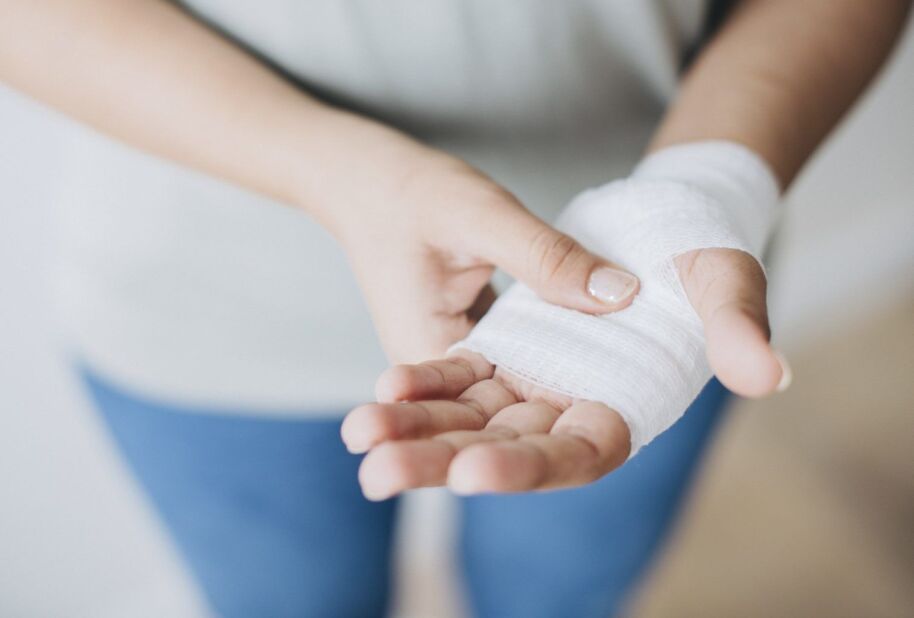There was this saying when I went through medical training: “We have never spent more money on health care and health has never been better. The problem is the unclear causality.” Following the eighteen years since then, the Organization for Economic Cooperation and Development announced that Sweden has increased current expenditure on health from 7 to 11 percent of Gross National Product (GNP); and in the United States from 12 to 17 percent.
In 1960, Baumol and Bowen made this very prediction when they described what happens in sectors that fail to improve productivity. Recent advances in medicine give us access to advanced technology with higher cost, but this was not accompanied by lower needs in staffing. Ultimately, it will contribute to healthcare costs consistently increasing to a higher fraction of GNP. The overall effect is that while we seem to get more for less in high-productivity industries, we tend to feel that we overpay for the same or even less in healthcare.
Another way to explain why productivity has not increased is that healthcare is intrinsically labor intensive. We provide value by meeting our patients, by giving them time to talk, listen and reflect, and by treating them one at a time. However, according to some studies only 40-60 percent of physician time is used for direct patient work, while the remainder is largely dedicated to administrative tasks.
Innovation in the administrative part of healthcare is likely to be one of the lowest-hanging fruits in productivity. Luckily it is an area which is quite possible to automate, which provides opportunities to take away some of the recurring, and frankly boring manual tasks.
While studying vital sign documentation, I found that five out of nine hospitals document vital signs on paper. I also observed that it is likely that no emergency department in northern Europe automatically transfers the measurements from a device to the Electronic Health Record. When measuring the workload associated with vital sign documentation, this task was found to be both time consuming and extremely frustrating to the staff. They felt stuck in the past century. To a large extent, they are right, because most devices today come with great capabilities that enable communication of patient data in standardized information formats.
A lot of resources are also spent on reporting to quality control, either in-house or to national quality registries. The quality registries in northern Europe are well kept and cover many aspects of health care. However, it tends to be a burden for clinical staff: many reports still need to be done manually, and clinical competence is needed to compile and convert unstructured information into structured data. With a shared information platform, where data can be normalized and mapped to standardized concepts, the interoperability would improve. Increasing the amount of standardized information together with tools that can handle unstructured data, like natural language processing (NLP), will be the way forward in automation of quality reporting. This would save a lot of resources and it could contribute to quality benchmarking across the health system.
These reductions in unnecessary manual administration are so close, we can almost touch them. In fact, so close they should already be here. It would propel further on the productivity path if we let the machines do what they do best, while enabling clinical staff to spend more time with patients.




































